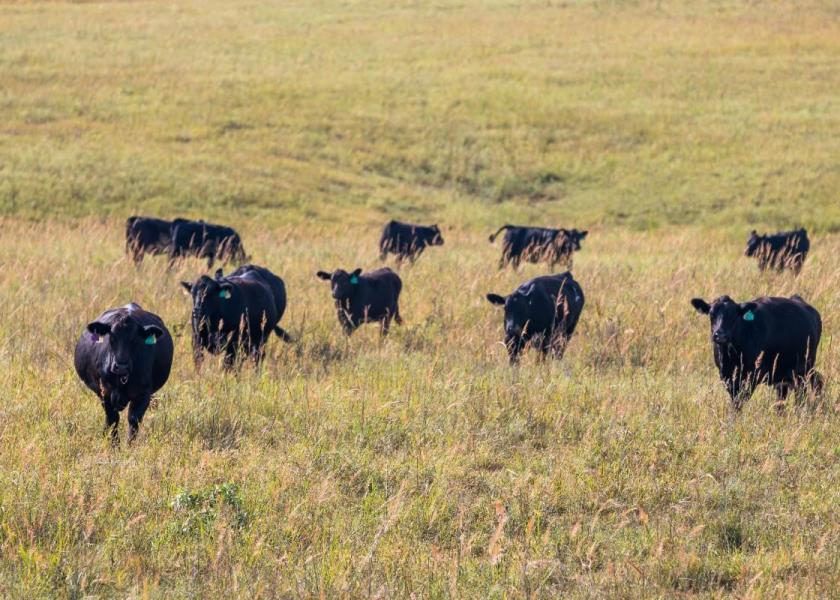KineticVet Introduces Branded Injectable Antihistamine

The U.S. Food and Drug Administration has approved the use of KineticVet Re-Covr (tripelennamine hydrochloride injection), NADA # 006-417. It will be supplied as a sterile solution in multiple dose vials (250 mL) containing 20 mg per mL, according to the company.
Re-Covr is an injectable antihistamine indicated for use in cattle (beef and dairy) and horses. It is approved for conditions in which antihistaminic therapy may be expected to lead to alleviation of some signs of disease, the company reports.
The product is available through animal health suppliers. For more information, call 877-786-9882 or visit www.kineticvet.com.







